Aaron Morey
Chief Economist
The Chamber of Commerce and Industry WA (CCIWA) has announced a bold new payroll tax model for WA, calling for the tax on Western Australian jobs to be substantially eased to help diversify the economy and boost employment in our recovery from the COVID-19 crisis.
With non-mining investment now having contracted in WA for seven of the past eight years, and the resources industry now accounting for a record 43 per cent of our economy, strong action is required to stoke business investment across all sectors.
CCIWA’s model includes a new payroll tax threshold of $1.2 million and a 15 per cent rebate on payroll tax liability for businesses with taxable wages below $4 million. The rebate would taper down to zero for businesses with taxable wages at $7.5 million.
This reform is desperately needed. Over a wide range of taxable wages, WA businesses pay more payroll tax than businesses in any other State (see table).
For example:
- A WA business with 20 staff is estimated to pay nearly $40,000 (or 156 per cent more) more tax than the same business in South Australia (a state competing with WA for defence and manufacturing contracts). The business would pay $947 less tax per Western Australian employed under CCIWA’s model.
- A WA business with 50 staff is estimated to pay more than $80,000 (or 47 per cent) more payroll tax than the same business in South Australia. The business would pay $473 less tax per Western Australian employed under CCIWA’s model.
Lumped with the heaviest payroll tax burden in the country, it is no wonder the WA economy is failing to diversify.
Western Australian manufacturing businesses have struggled to grow compared to their peers in other states. They are the least likely to employ more than 200 people, and on average employ the fewest number of workers (see figure below).
Small to medium sized businesses across a range of key industries stand to benefit from CCIWA’s reforms, including parts of the manufacturing sector — such as chemical plants, machinery equipment manufacturers and metal fabricators — as well as businesses in the accommodation, food, fisheries, and social assistance sectors.
CCIWA’s reforms represent an investment in delivering a more diversified economy, made possible by the Government’s fiscal discipline exercised over the first three years of its term.
WA boasts a stronger fiscal position than every other state and territory, providing a unique opportunity to achieve a more competitive tax system and gain an advantage over the rest of the country. With the GST system now fixed, there is no justification for WA to have the strongest budget, yet the highest payroll tax burden.
This model removes disincentives to employ Western Australians and offers a way to unlock more business investment, innovation and diversification in our economy.
Table 1 Estimated Tax Payable at Selected Payrolls
| Annual Payroll | WA | NSW | VIC | QLD | SA | TAS | Avg |
| $1m | $0 | $0 | $16,975 | $0 | $0 | $0 | $5,018 |
| $2m | $63,462 | $38,800 | $65,475 | $41,563 | $24,750 | $30,000 | $45,475 |
| $3m | $126,923 | $87,300 | $113,975 | $100,938 | $74,250 | $91,000 | $97,099 |
| $4m | $190,385 | $135,800 | $162,475 | $160,313 | $123,750 | $152,000 | $148,723 |
| $5m | $253,846 | $184,300 | $210,975 | $219,688 | $173,250 | $213,000 | $200,346 |
| $6m | $317,308 | $232,800 | $259,475 | $279,063 | $222,750 | $274,000 | $251,970 |
| $7m | $380,769 | $281,300 | $307,975 | $346,500 | $272,250 | $335,000 | $305,283 |
| $8m | $440,000 | $329,800 | $356,475 | $396,000 | $321,750 | $396,000 | $354,763 |
| $9m | $495,000 | $378,300 | $404,975 | $445,500 | $371,250 | $457,000 | $404,169 |
| $10m | $550,000 | $426,800 | $453,475 | $495,000 | $420,750 | $518,000 | $453,574 |
Figure 1 Employment in WA manufacturing businesses











